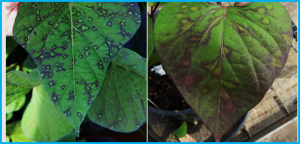
Sweet potato (Ipomoea batatas [L.] Lam.) is a versatile crop, cultivated in the subtropical and tropical areas, as food, fodder, and industrial raw material crop. In China, sweet potato has been used as a health-care food in recent years, as it contains a wide range of nutrients and xenobiotic phytochemicals. However, viral diseases are major constraint for the sweet potato yield and quality, especially the seed production and quality.

The policy forum informed Philippine policymakers on how biotech products are developed for commercialization in an adopting country and the Philippines. It also aimed to discuss strategies on how biotech products developed in the Philippines could be commercialized systematically and efficiently. The event was attended by about 100 participants composed of Congressmen and their staff, via Zoom, boosting the awareness of the policymakers on the regulatory path of the technologies.
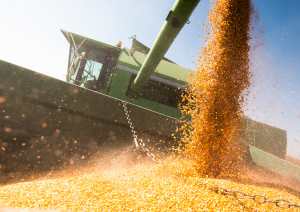
In response to U.S. President Joseph Biden's Executive Order 14081, “Advancing Biotechnology and Biomanufacturing Innovation for a Sustainable, Safe, and Secure American Bioeconomy,” the U.S. Environmental Protection Agency (EPA), U.S. Food and Drug Administration (FDA), and U.S. Department of Agriculture (USDA) developed a plan to update, streamline and clarify their regulations and oversight mechanisms for products of biotechnology.
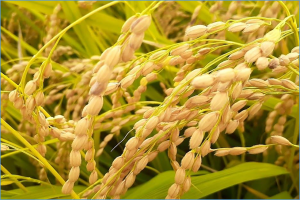
This study examined how silicon and zinc fertilizers affect the quality and aroma of Nanjing 46. We applied nine different fertilizer treatments, one involving soil topdressing at the top fourth leaf-age stage and one involving foliar spraying during the booting stage of the silicon and zinc fertilizers. We tested the effects of the nine treatments on grain quality and aroma.
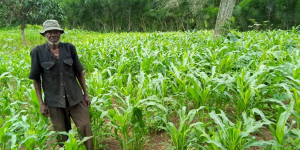
In Ghana, pests and diseases cause food and agriculture-related losses valued at USD 1 billion annually, impacting the economy and the livelihoods of smallholder farmers. Climate change makes the challenge harder to address as warmer temperatures attract more invasive species. So, 11 public and private sector organizations collaboratively developed an Early Warning and Rapid Response System for Pests and Diseases to protect the country’s food system.

In a strategic move to align multilateral partnerships for food and nutrition security in Africa, a maiden edition of the Agribusiness for Food Security Initiative was held recently at IITA headquarters in Ibadan. The high-profile event, hosted by Oyo State Governor Engineer Seyi Makinde and chaired by former Nigerian President and IITA Honorary Ambassador Chief Olusegun Obasanjo, critically explored research and private sector involvement in addressing the challenges of food and nutrition insecurity at state, national, and continental levels.
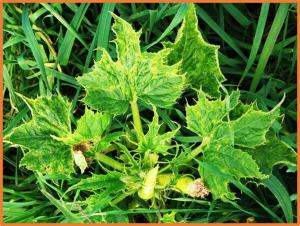
Leaf size is a critical determinant of plant architecture in cucumbers, yet only a few genes associated with this trait have been mapped or cloned. Here, we identified and characterized a mutant with little and wrinkled leaves, named lwl-1. Genetic analysis revealed that the phenotype of the lwl-1 was controlled by a single recessive gene. Through map-based cloning, the lwl-1 locus was narrowed down to a 12.22-kb region exclusively containing one fully annotated gene CsGME (CsaV3_2G004170).

Cassava, known for its versatility and resilience, offers numerous opportunities for value addition, transforming it from a basic staple into a valuable commodity. Value addition in cassava involves processing it into various products, increasing its economic value and marketability. The IITA-Malawi Cassava Unit organized Cassava Chat every Friday to educate and enrich staff’s knowledge of cassava. Given the changing climate and the impact of inflation on maize production in Malawi, cassava is emerging as a potential solution.
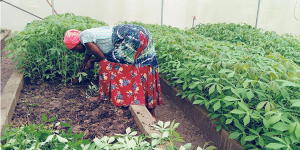
The Ministry of Agriculture of Tanzania, in collaboration with the Tanzania Cassava Producers and Processors Association (TACAPPA), IITA, and AGRA – Sustainably Growing Africa’s Food Systems, organized a cassava business and investment forum in Dodoma on 29 April. The event aimed to engage stakeholders, especially private-sector cassava producers, seed producers, researchers, and policymakers, to foster insightful discussions on promoting cassava in food systems diversification, commercialization, and trade at national, regional, and international levels.
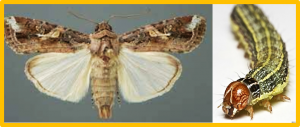
Phytophagous insects have evolved sophisticated detoxification systems to overcome the antiherbivore chemical defenses produced by many plants. However, how these biotransformation systems differ in generalist and specialist insect species and their role in determining insect host plant range remains an open question. Here, we show that UDP-glucosyltransferases (UGTs) play a key role in determining the host range of insect species within the Spodoptera genus


 Curently online :
Curently online :
 Total visitors :
Total visitors :